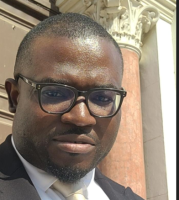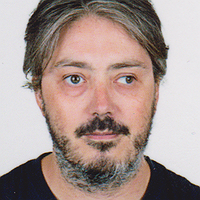Natural Catastrophes
Volcanic Eruption
Post-Doctoral Fellowships
France
2018.06.30
Predicting the most unpredictable volcanic hazards
What’s cooking in the shallower parts of a volcano
To contribute to this end, her project aims at characterizing and modeling the changes in the internal state of the La Soufrière de Guadeloupe hydrothermal system, currently in a phase of marked unrest and their relationship with the magmatic source. Among the questions addressed are: is the increasing unrest of La Soufrière de Guadeloupe related to changes in the magmatic source? What is the influence of climate in the cooling and general dynamics of the system? What are the typical pore-pressure changes that occur in the dome, and what is the relation with changes in fumarolic activity, flank instability? To answer these interrogations, Dr. Rosas-Carbajal and her team are collecting new data on the field on the temporal and spatial density variations. These will be inferred from novel tomographic imagining techniques, called muon tomographies. This technology uses cosmic ray muons, an elementary particle, to generate three-dimensional images of a geological object. «The data obtained will be combined with multi-disciplinary surface observations and numerical modelling to be able to characterize the internal physical processes of the hydrothermal system,» the researcher adds.
The outcome of the project will be a simple functional model that characterises the changes in the internal physical state of the volcano’s hydrothermal system. Once the model is developed and tested against extreme conditions scenarios (overpressurization of the magmatic source, deep-sourced magmatic heating, low rainfall levels), the project’s ultimate objective will be to test which type of monitoring is the most efficient, thus paving the way for a better assessment and mitigation of the unpredictable hazards related to volcanic hydrothermal systems.

Marina
ROSAS-CARBAJAL
Institution
Institut de Physique du Globe de Paris
Country
France
Nationality
Argentinian
Related articles
Renewable Energy
Space & Planetery
Hydropower & Geothermal Energy
Volcanic Eruption
Geology
Post-Doctoral Fellowship
France
Exploring Geothermal Energy in Young European Volcanic Areas
The quest for sustainable and clean energy sources is imperative for our society's future, and geothermal energy holds promise as... Read more

Ekeabino
MOMOH
Universite Toulouse III - Paul Sabatier
Natural Catastrophes
Societal Challenges
Wildfires
Joint Research Initiative
Spain
Understanding Wildfire Risk: A Local-Scale Assessment Framework in Chile
Wildfire is a major hazard across the globe, causing extensive economic, ecological and health impacts. While wildfires are common throughout... Read more

Marcos
RODRIGUES MIMBRERO

